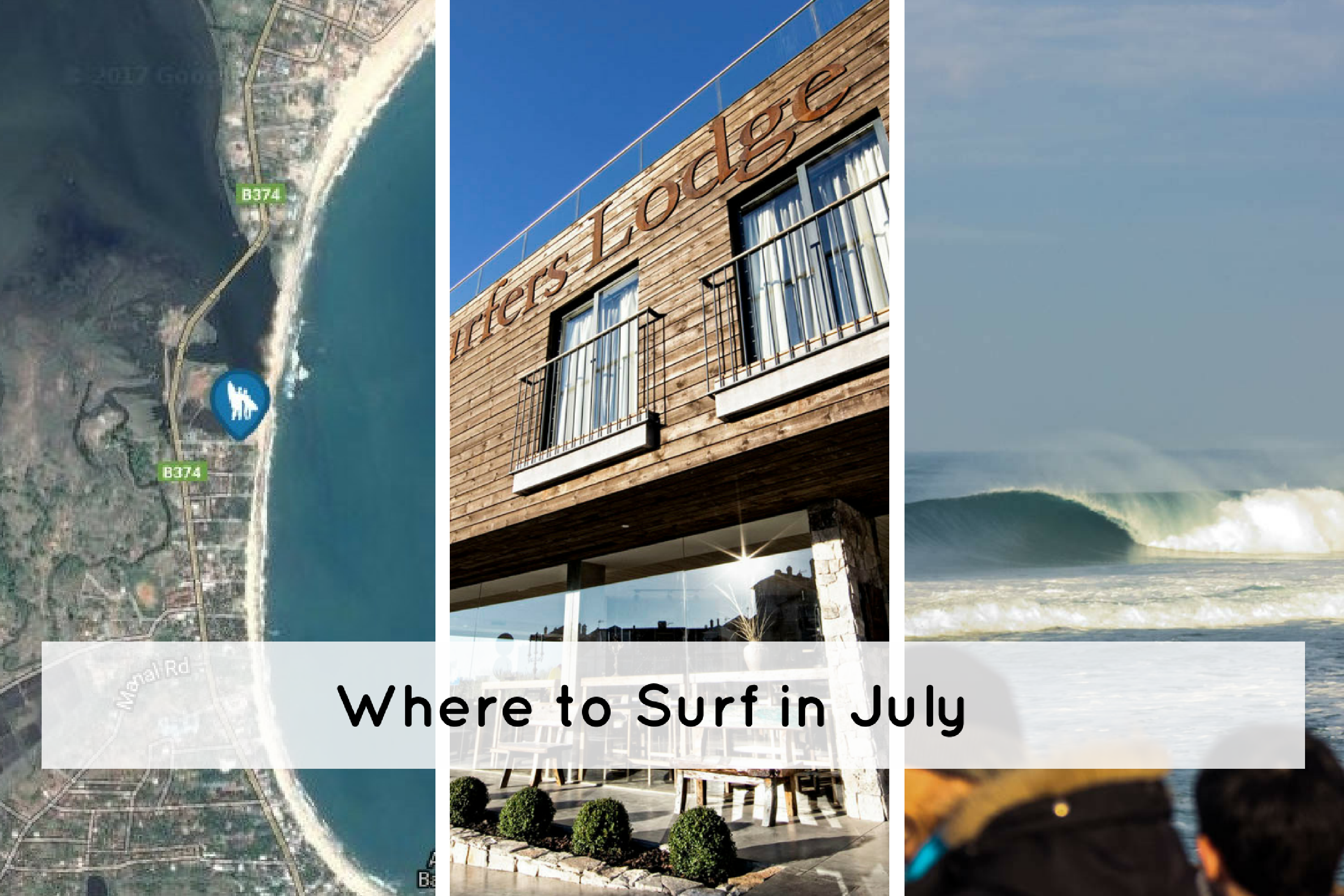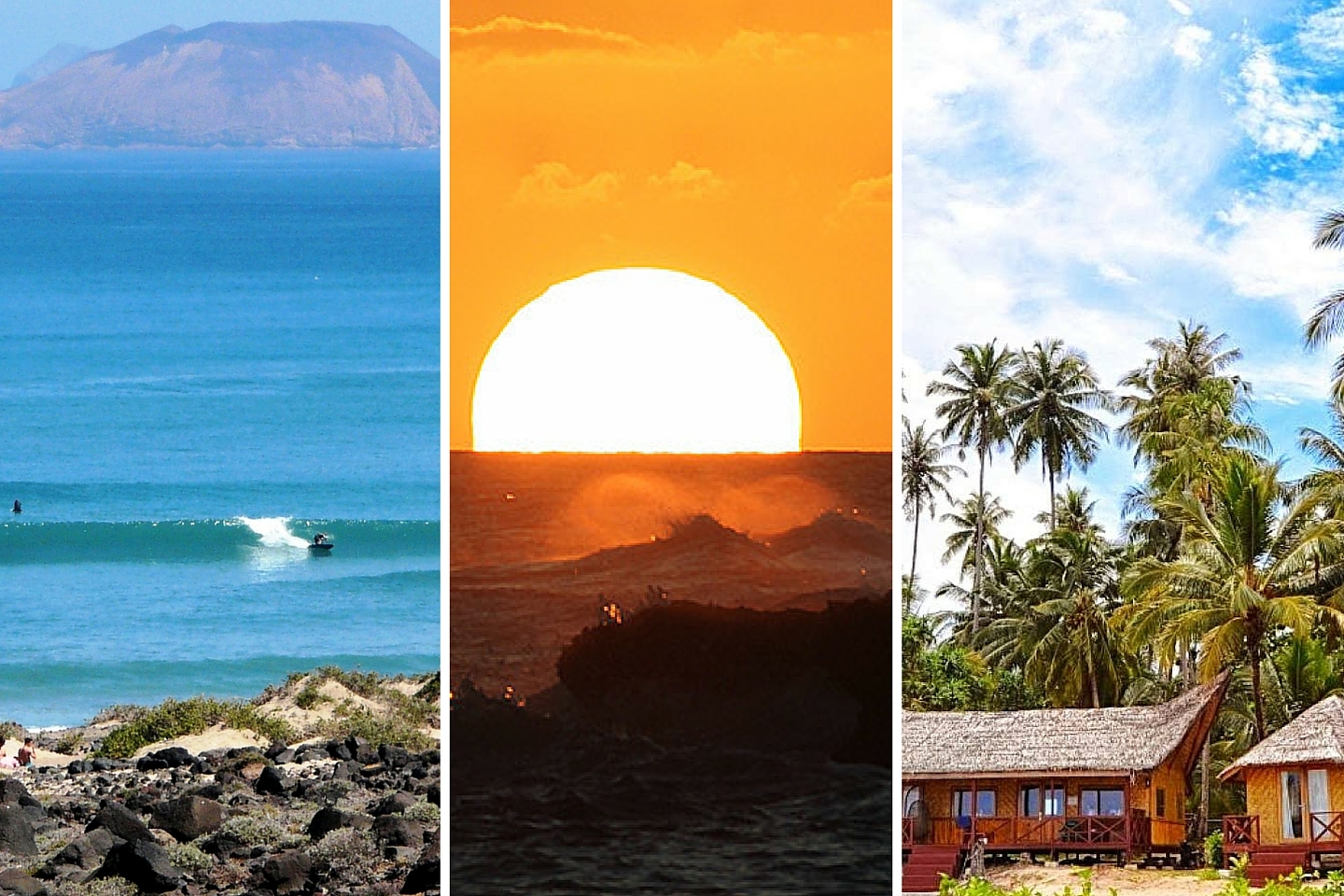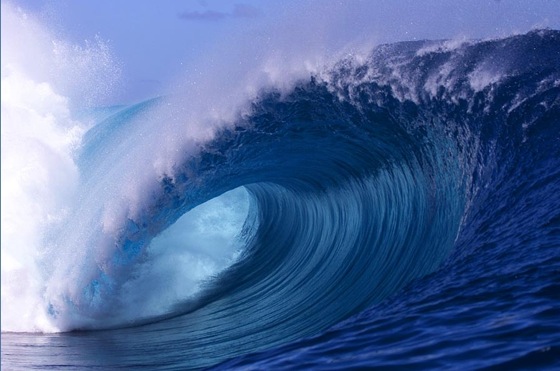
Every time you paddle out into the surf, swing your board around and go for a wave have you ever stopped to think about where that wave came from? What is it that makes a wave, or rather what makes a perfect wave?
There are so many factors that come into place to create a wave, yet there is a basic break down...
- The sun's energy heats up the earth, more at the equator, less at the poles.
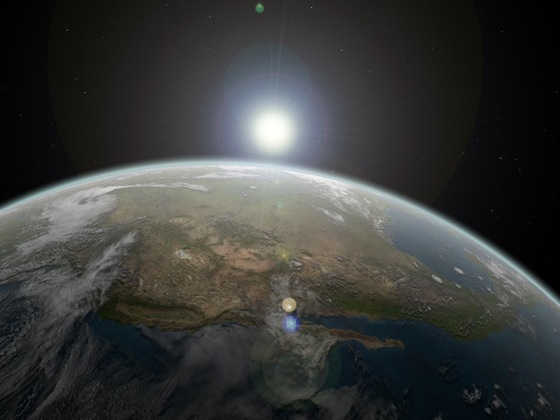
- The difference in air temperature causes the hot air at the equator to rise, whereas the colder air at the poles to sink.
- These air currents move from one point of the globe to another in an attempt to equal the balance of temperature creating winds that sweep over vast expanses of ocean.
- Over time the wind picks up the ocean's surface creating waves.
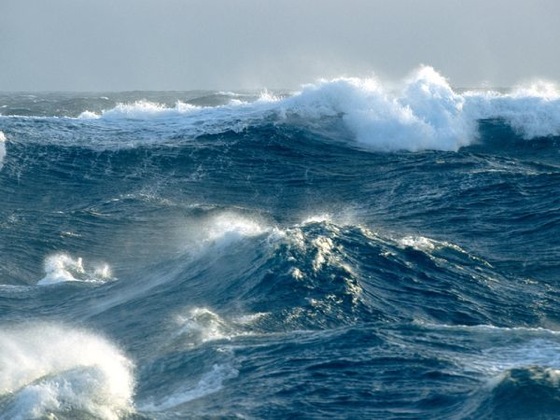
- The greater the distance that a wave can be formed over, the more it has a chance of becoming a smooth shape with less chop.
- The wave, once formed, can travel thousands of miles before anyone may recognize it as a wave, as it may only surface when it reaches a shallower seabed as it is forced upwards.
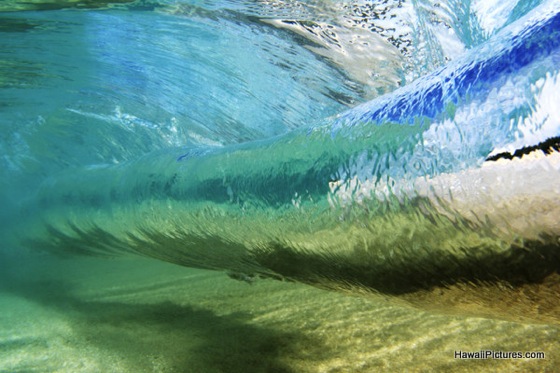
- Finally, depending on the formation of the seabed- whether beach break, reef or rock, the wave will be forced to use its energy as it literally ‘breaks' against the sea floor... creating a breaking wave that a surfer can ride.
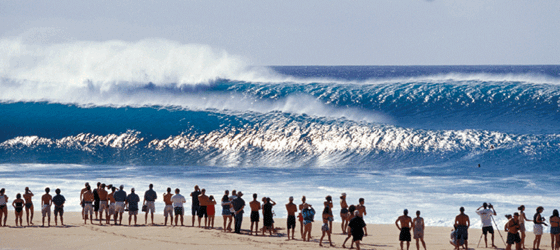
From the energy released from the sun, millions of miles away, across a galaxy, over thousands of miles of ocean, we experience one of the most beautiful and exciting of creations- a perfect wave.
So whilst you are waiting for your next surf holiday and a chance to experience a perfect wave, here's a HD slow motion clip of a perfect wave over in the South Pacific- completely mesmerizing...




 Nicky Kelly
Nicky Kelly

